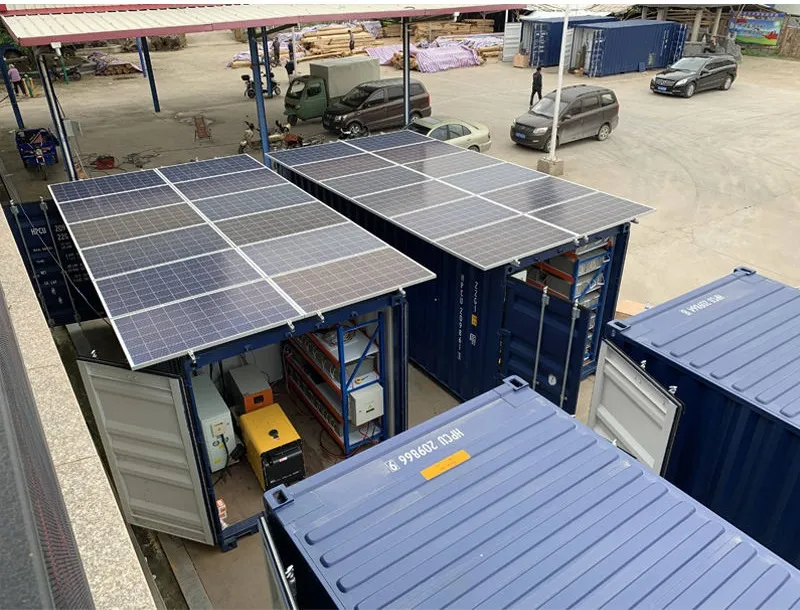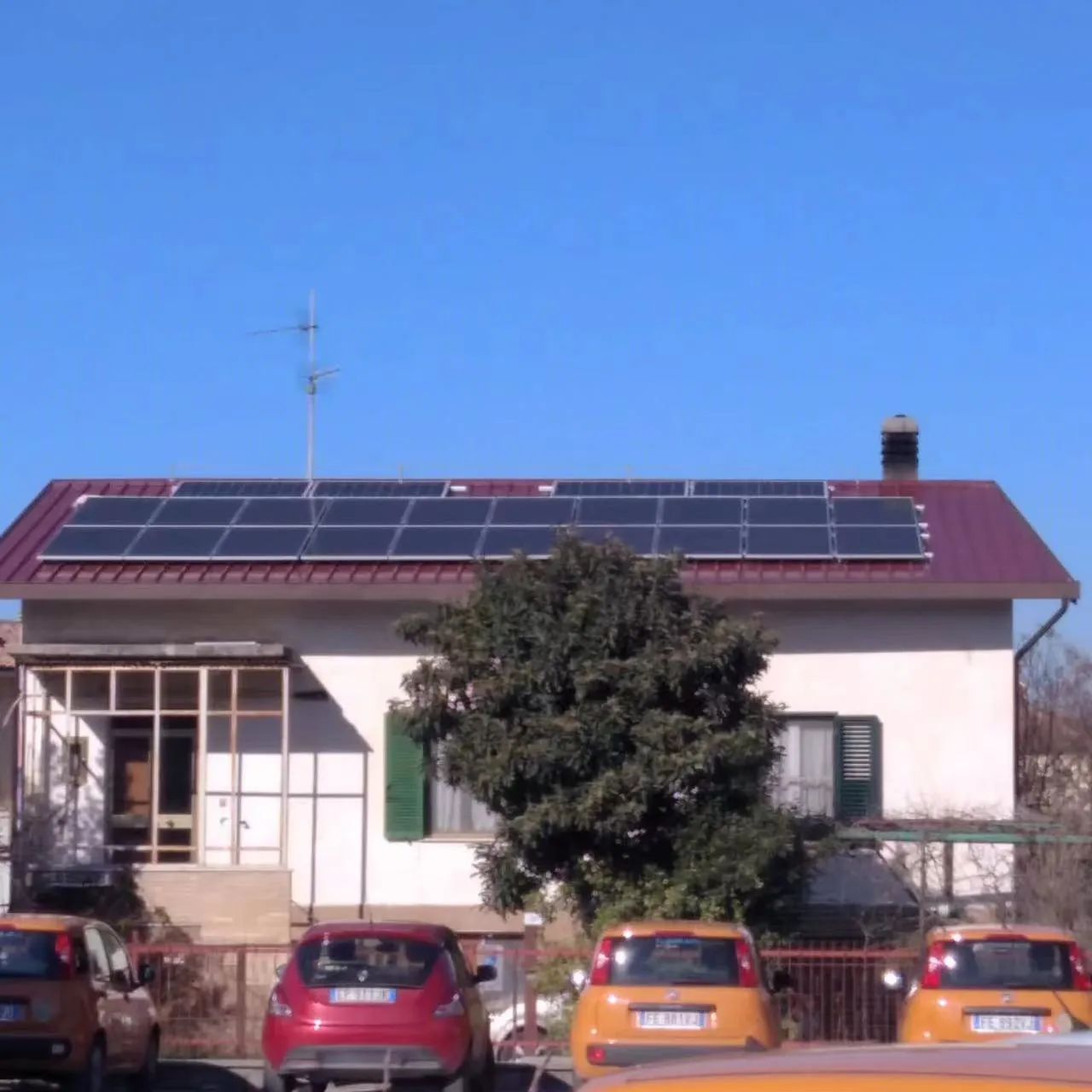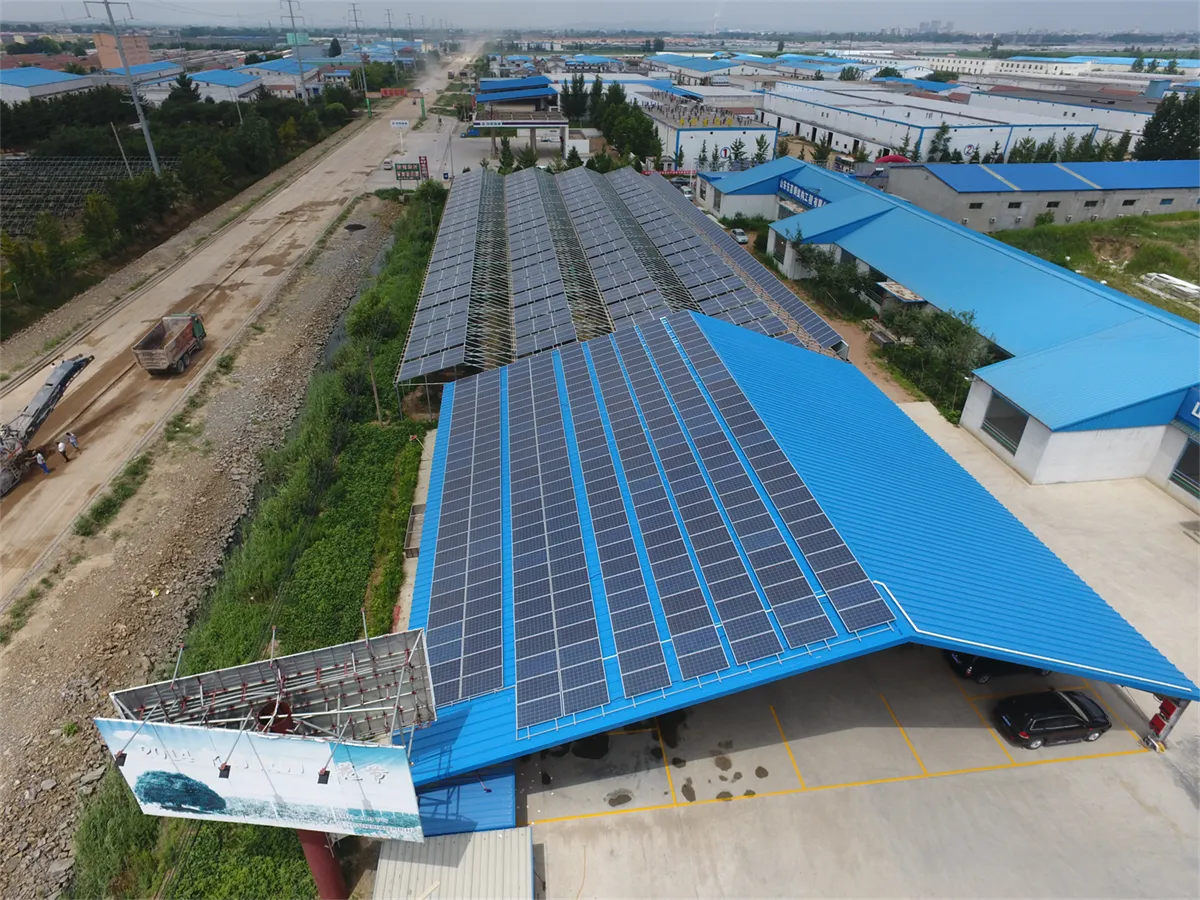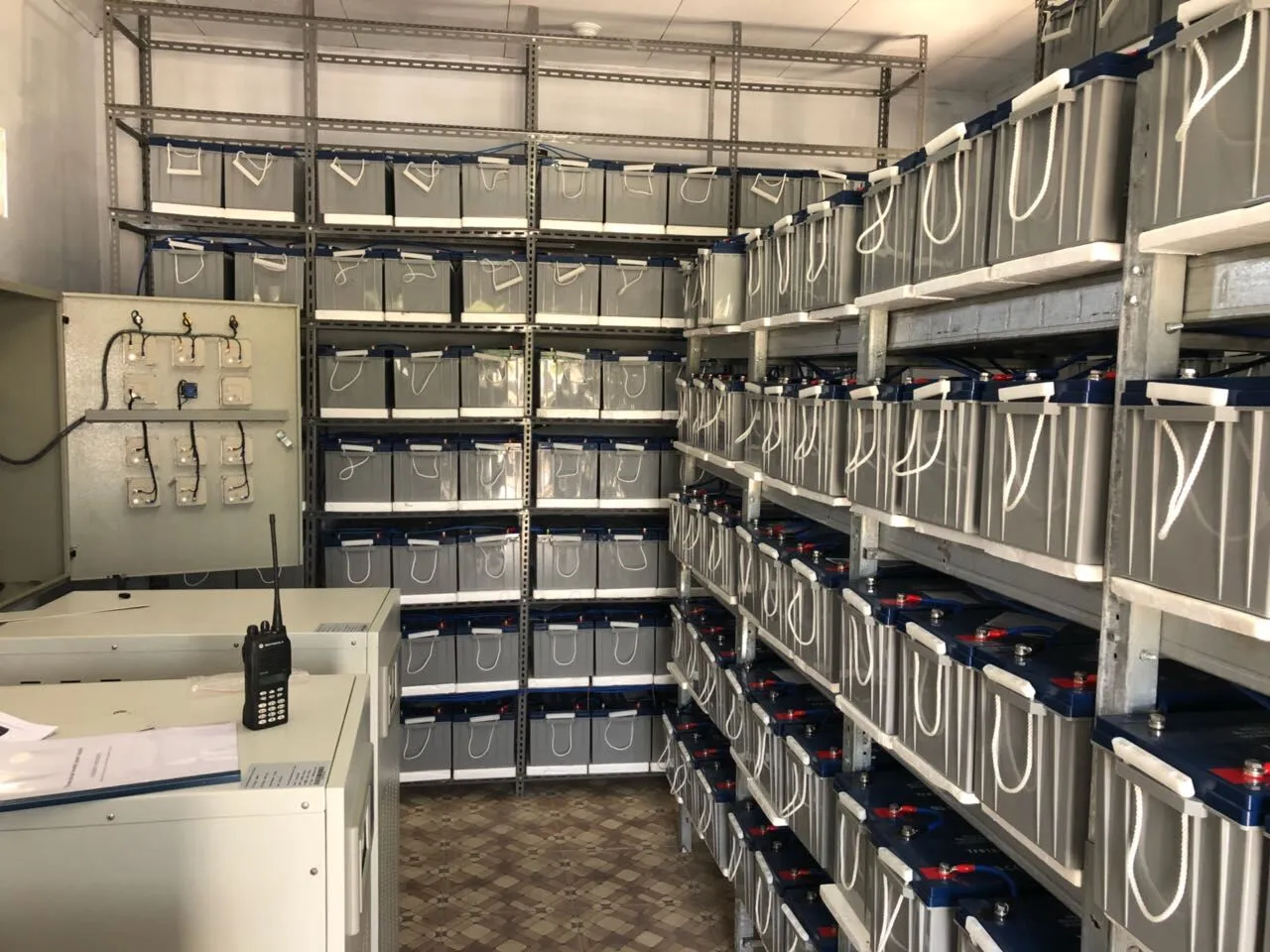
TOPCon vs. HJT: A Comparison of Next-generation High-efficiency Solar Panel Technologies

So you're trying to understand what all the fuss is about with these new solar technologies? You've probably heard terms like TOPCon and HJT thrown around in the solar energy world and wondered what they actually mean for your home or business. Well, you're not alone. The shift to cleaner energy has accelerated dramatically in recent years, fueled by a perfect storm of environmental urgency, better technology, and yes – more affordable solutions for everyone.
Let's have an honest conversation about what's really happening with solar tech. You know that feeling when you replace your old smartphone with a brand new model? The way everything runs smoother, the battery lasts longer, and all those niggling frustrations fade away? That's where we're at with solar technology right now. The industry is moving beyond the clunky, bluer-than-blue panels you used to see on rooftops – say hello to a new generation of smarter, more efficient designs that can pull power from the sun like never before.
I'll be straight with you – this isn't just techno-babble from some engineer's whiteboard. These improvements translate directly to more kilowatt-hours for your investment, better performance in real-world conditions, and systems that look after themselves with minimal fuss. That's money in your pocket and more clean energy flowing where we desperately need it.
The Solar Revolution: Why This Matters Now
Take a walk back through solar's journey with me. Remember those first-generation panels? Like an old calculator – functional, but you wouldn't exactly call them impressive. They started with efficiency levels around 15% back in the day. It felt like we were trying to squeeze water from a stone just to power a basic household. But something shifted dramatically around five years ago when a new breed of panel architectures began hitting the market – structures that look suspiciously like sandwiches when engineers peer through their microscopes.
This isn't happening in a vacuum. The numbers show why there's such a push: Solar installations grew by 35% globally last year alone. California now gets 30% of its power from renewables. Places like Arizona and Florida are essentially converting entire cities to solar neighborhoods. And while early panels needed constant babying and maintenance, these new designs? They're more like those hardy desert plants that thrive on neglect.

Understanding TOPCon: The Efficiency Workhorse
TOPCon stands for Tunnel Oxide Passivated Contact – sounds complicated, but stick with me. Imagine making a better mousetrap for light particles. Instead of letting precious electrons escape off the back of the panel (that's been a frustrating problem for decades), TOPCon sets up microscopic "tunnels" and special barriers that corral these energy carriers toward the electrical contacts.
What does this mean in everyday terms? Picture two neighbors harvesting apples. One keeps dropping half their apples as they carry them to the basket. The TOPCon neighbor? They've got a smooth slide system that delivers practically every apple. That's why we're seeing TOPCon panels break through the 23% efficiency barrier, with whispers of 26% coming soon.
But let's keep it real – there's a reason TOPCon has taken off so quickly. Manufacturing these is like upgrading your existing car factory rather than building one from scratch. Companies have been able to retrofit older production lines with about 20-30% investment compared to starting over. This is why you're seeing TOPCon become the darling of massive solar farms – it hits that sweet spot between performance gains and cost-effectiveness.
Here's something you'll appreciate if you live anywhere that gets hot: TOPCon doesn't throw a tantrum in high temperatures. While older panels could lose up to 0.5% efficiency for every degree above 25°C, TOPCon handles the heat with a modest 0.32% temperature coefficient. In the desert southwest where temperatures hit 115°F? That difference alone can mean thousands more kilowatt-hours over a system's lifetime.

HJT: The Precision Instrument
Now let's turn to HJT – Heterojunction Technology. If TOPCon is the reliable work truck of solar, HJT is the precision sports car. Picture building a solar cell by carefully placing atomic layers like sheets of ultra-thin glass. Each layer has a specialized job: capturing different light wavelengths, transporting electrons with minimal resistance, and protecting the delicate interior structures.
Here's where HJT genuinely shines (pun intended). While TOPCon uses silicon wafers as their base material, HJT sandwiches ultra-thin films of amorphous silicon around a crystalline core – think of a gourmet sandwich on artisan bread versus a standard sub. This arrangement captures both ends of the light spectrum beautifully, converting weak morning rays and the intense midday glare with equal finesse. We're talking 24-25% efficiency out of the box for premium brands.
But let's talk brass tacks – HJT does come at a premium. Setting up manufacturing feels like building a semiconductor fab rather than a solar factory. The deposition chambers that apply those microscopic layers cost millions each. This translates to a price tag about 15-20% higher than TOPCon equivalents. But before you dismiss it, consider this: That extra investment might make sense for space-constrained installations. If your rooftop has limited real estate, the extra power squeezed from HJT panels could mean avoiding expensive structural upgrades or getting buy-in from that skeptical homeowners association.

Head-to-Head: Where They Really Differ
TOPCon Advantages
Cost Effectiveness
Your wallet will feel this one – up to 20% lower module costs compared to HJT equivalents. That money saved can buy you a couple extra panels for the same budget.
Manufacturing Flexibility
Existing factories can be converted within months rather than years. This means rapid scaling and fewer supply chain headaches as production ramps up.
Heat Tolerance
When ambient temperatures spike, TOPCon holds onto its efficiency better than HJT by about 0.08% per degree – not huge per day, but massive over decades.
HJT Advantages
Efficiency Peak
HJT currently holds the crown for commercially available efficiency – 1-2 percentage points higher than TOPCon equals free power on constrained spaces.
Bifacial Gains
That glass-glass construction captures reflected light from rooftops or snow exceptionally well. In ideal conditions, this can add 15-25% overall system gains.
Degradation Resistance
After 25 years, HJT panels typically retain about 92% of original output vs. TOPCon's 87-90% – that difference adds up to thousands of kWh over decades.
The Bifacial Factor
Here's where things get really interesting. Both TOPCon and HJT can be bifacial solar panels , meaning they capture sunlight from both sides. When you install these over reflective surfaces like white roofing membranes or snow-covered ground, they essentially double their sunlight-harvesting area. TOPCon typically achieves 70-85% bifaciality while HJT reaches an impressive 85-95%. This capability transforms boring rooftops and empty fields into dual-sided power plants.
The Future Horizon: Where We're Headed
Now, before you think we're done innovating, the labs are already buzzing about what's next. Perovskite tandem cells – that's essentially combining a TOPCon or HJT base with an extra perovskite layer that scoops up even more light. Preliminary tests show 30%+ efficiency isn't a fantasy anymore.
And here's something most installers don't tell you yet: Building materials themselves are about to become power generators. Imagine your future roof tiles could contain TOPCon micro-cells embedded between protective layers. Companies like GAF and CertainTeed are prototyping these as we speak. Why have two separate systems when your weather barrier could also be your power plant?
Making Your Choice: Practical Advice
So how do you actually navigate this decision? Let me offer some street-smart advice: For standard residential installations where you've got a good-sized south-facing roof? TOPCon delivers exceptional bang-for-buck today. The savings versus premium panels let you increase your system size by 15-20% for the same budget – which makes your energy independence goal easier to reach.
But if you're facing space constraints – maybe you've got complicated roof angles or shade issues – HJT makes that real estate work harder for you. And if you're investing in solar for the ultra-long term? That slower degradation of HJT starts paying dividends after year 15. One commercial installer I know tells clients: "If you plan to die in this house? HJT. If you might move before 2035? TOPCon makes more sense."
Ultimately, remember that the installer matters more than the panel sticker. A mid-tier panel expertly installed will outperform a premium panel slapped together carelessly every time. Vet installers on their process, attention to detail, and service track record – don't just chase brand names. The warranty is only as good as the company backing it.
Parting Thoughts
The beautiful thing about this solar revolution? We're at that magical point where technology meets economics. TOPCon and HJT aren't just incremental improvements – they're redefining what rooftop and utility-scale solar can accomplish. The efficiency barriers that held solar back for decades are finally crumbling.
And here's the most exciting part: We're just at the beginning of this journey. In five years, we'll look back at today's panels like we now look at flip phones – capable but charmingly outdated. Whether TOPCon remains the workhorse favorite or HJT wins out in the premium space will depend on manufacturing breakthroughs happening in labs from Shenzhen to Silicon Valley.
But for today? You have genuine, honest-to-goodness choices that bring clean energy within practical reach. That's something worth getting excited about. The sun provides enough energy to power civilization thousands of times over – now we're finally getting smart enough to harness it properly.
Tags:
Recommend Products











